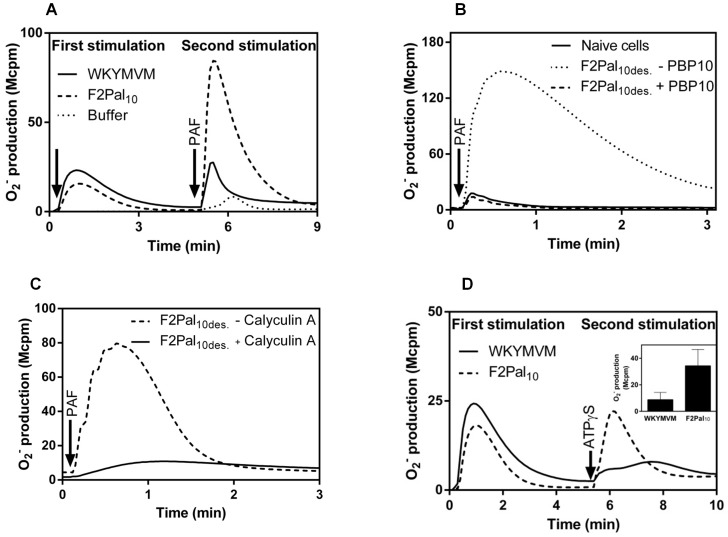Figure 3. PAF- or ATP-stimulation induces reactivation of desensitized FPR2.
A. Naïve neutrophils desensitized with F2Pal10 (500 nM final concentration) or WKYMVM (40 nM) were primed for subsequent PAF stimulation. A representative experiment is shown and the time point for addition of FPR2 agonists is indicated by the first arrow, the time point for PAF stimulation (100 nM final concentration) with the second arrow. The control PAF response induced in naïve (non-desensitized) neutrophils is shown for comparison (dotted line). Abscissa: Time of study (min); ordinate: Superoxide production (Mcpm). B. Naïve neutrophils were first desensitized with F2Pal10 (F2Pal10des., 500 nM final concentration) and subsequently stimulated with PAF (100 nM final concentration; time point for PAF addition is indicated by an arrow). The FPR2 specific inhibitor PBP10 (1 µM) was added 1 min prior to PAF stimulation (dashed line) and the release of superoxide anions was recorded continuously. The PAF responses induced in naïve cells (solid line), as well as in F2Pal10-desensitized cells receiving no PBP10 (dotted line), are shown for comparison. Abscissa: Time of study (min); ordinate: Superoxide production (Mcpm). C. Effect of calyculin A on receptor cross-talk induced FPR2 reactivation. Cells desensitized with F2Pal10 (F2Pal10des.) were incubated with the phosphatase inhibitor calyculin A (60 nM; solid line) or buffer as control (dashed line) for 10 min at 37°C prior to PAF stimulation (100 nM). The release of superoxide anions was recorded continuously. Abscissa: Time of study (min); ordinate: Superoxide production (Mcpm). D. Naïve neutrophils were activated with WKYMVM (40 nM final concentration, solid line) or F2Pal10 (500 nM final concentration, dashed line) and after the responses had declined the same cells were reactivated with ATPγS (50 µM final concentration; the addition is indicated by an arrow) and the release of superoxide anions was recorded continuously. Abscissa: Time of study (min); ordinate: Superoxide production (Mcpm). Inset: The summary of three independent experiments in which superoxide production was determined using neutrophils desensitized with F2Pal10 (500 nM) or WKYMVM (40 nM) when reactivated with ATPγS (50 µM final concentration). The results are given as peak values of superoxide production following addition of ATPγS (mean+SEM; n = 3).

